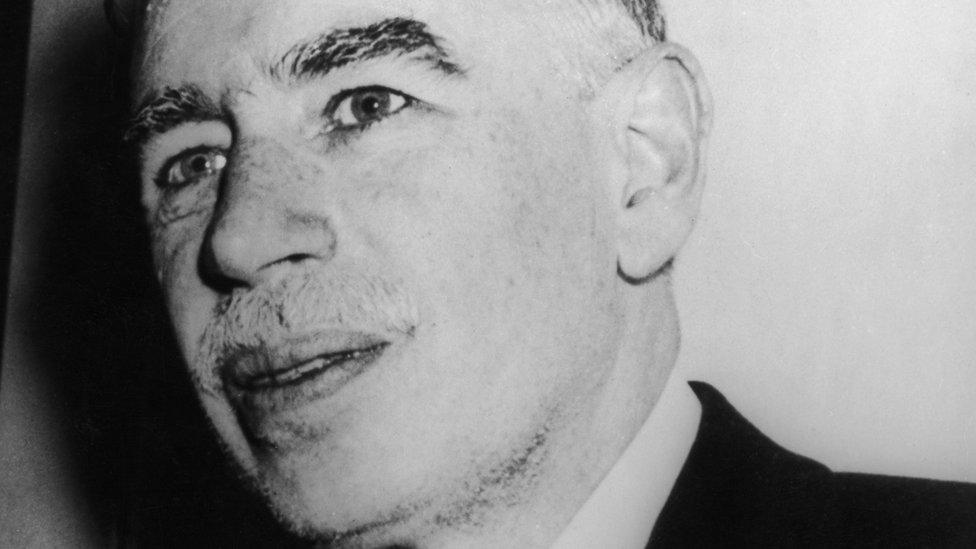Did Trump really invent the term 'prime the pump'?
- Published

US President Donald Trump wants to be known for tax reform
Students of 1930s economics are no strangers to the idea of 'priming the pump' - public spending to get the economy back on its feet.
But US President Donald Trump appears to be laying claim to the phrase for himself.
In an interview with The Economist, external published on Thursday, he used the metaphor to describe his hopes for tax reform.
Then he asked: "Have you heard that expression used before? Because I haven't heard it. I mean, I just… I came up with it a couple of days ago and I thought it was good. It's what you have to do."
His claim immediately raised eyebrows.
Or, as The New York Observer put it, external: "The Entire Internet Is Trolling President Trump Over 'Priming the Pump."
Where does the phrase actually come from?
Far from being a Trump-coined neologism, priming the pump has a long history in economic theory and was in widespread use by the 1930s.
It's most often associated with John Maynard Keynes, the influential British economist who urged public spending to stimulate a weak economy.
Newspapers also made the comparison, external during the presidency of Herbert Hoover, who was in office during the Wall Street Crash.

John Maynard Keynes
Early Thursday morning, the Merriam-Webster Dictionary Twitter account struck back, noting, external: "'Pump priming' has been used to refer to government investment expenditures since at least 1933."
The Oxford English Dictionary identifies the phrase used in a business context even earlier, quoting, external a 1916 edition of Everybody's Mag: "When the waters of business are stagnant, gentlemen, it becomes necessary, if I may say so, to prime the pump."
The White House press office did not respond to an email seeking clarification on Mr Trump's comments.
But even Mr Trump has a longer history with the expression.
A non-exhaustive internet search revealed he used it in a speech, external in December and in earlier interviews with Time, external and The New York Times, external.